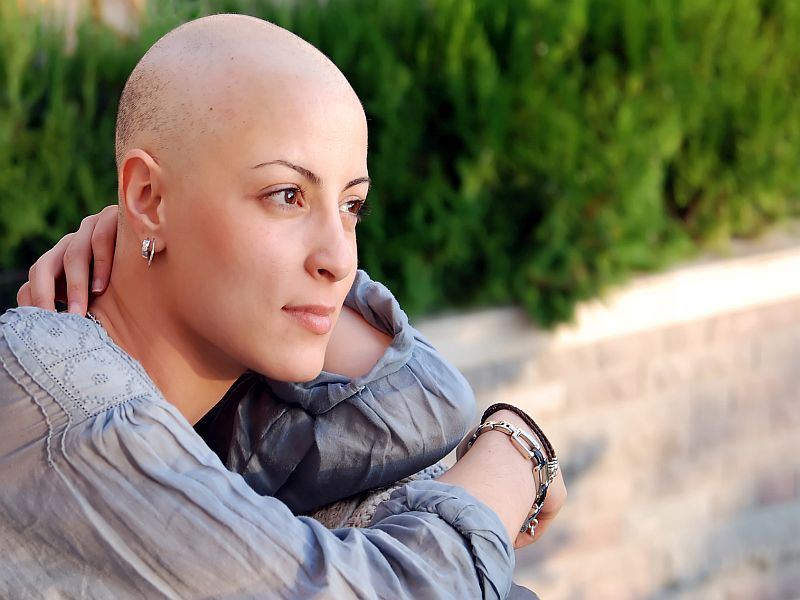Protein connected to competitive pores and skin most cancers

Almost three hundred 000 human beings international develop malignant melanoma each year. The ailment is the maximum severe form of skin cancer, and the wide variety of cases reported annually is growing, making pores and skin cancer one of Sweden’s most common types of cancer. A research team at Lund University in Sweden has studied a protein that regulates a gene that is connected to metastasis of cancer.
Over the beyond ten years, new treatment options that use distinct methods to strengthen the immune system or attack unique cancer cells have been developed for patients with metastatic pores and skin cancer. The creation of these remedies is due to increased knowledge of ways melanoma develops. However, there is nevertheless a lack of knowledge about how the tumor cells spread to other parts of the body.

We have located that a specific protein, called DDX3X, regulates the gene, which is vital to the improvement of the pigment cells in the skin. The gene is known as MITF. Previously, different researchers have found that MITF is a cancer-specific oncogene, i., a gene that could trigger the growth of tumors. The fashionable function of DDX3X was known, but the hyperlink to the MITF gene remained unclear. We recognize more about it now,” said Cristian Bellodi, who led the observation with Göran Jönsson. The Lund researchers have now visible that the DDX3X protein no longer has an effect on whether or not or not you develop malignant melanoma, but that it plays a significant role in the aggressiveness of the tumor. The patient’s stage of DDX3X can consequently function as a biomarker for predicting how intractable the disease will be. “The interest of the MITF gene determines the cancer cells’ particular traits, which are then linked to the disorder diagnosis. The decrease the level of DDX3X protein the patient has inside the tumor cell, the extra aggressive the disease and the more serious the prognosis may be,” says Göran Jönsson, professor of Molecular Oncology at Lund University.
Both researchers keep in mind that extra know-how is needed about how the MITF gene is regulated a good way to understand the mechanisms at the back of how tumor cells pass around inside the body, with a view to the future to prevent the spread of the most cancer and improve treatment for cancer patients. The Pink Ribbon and Breast Cancer Awareness Month were added in the US in 1985 and introduced in the United Kingdom in 1993. The Pink Ribbon Foundation is fronted by means of the Estee Lauder group of agencies (known for cosmetics and skincare). Since then, the purple ribbon image has ended up synonymous with breast cancer, and over the course of the beyond 15 years, billions of pounds have been raised in its name. Every October, the arena celebrates Breast Cancer Awareness Month, and fund elevating all through that month is phenomenal. All the breast cancer charities vie with each other to see who can come up with the maximum revolutionary “pink” fundraising. They run crimson events and sell red products so that you can enhance cash. Many groups participate and do special promotions throughout October for his or her preferred charity.
“Pink” is a massive enterprise. So, with all this money being raised at some point in October and also at different instances at some point in the year via activities like charity runs and walks, is there an impact on the breast cancer costs inside the UK and around the world? Are they coming down? Are fewer girls affected by the devastating results of breast cancer? Unfortunately, the answer is ‘no’. In the United Kingdom, from 1993-2004, breast cancer occurrence has improved 18.5%, this is 1% in step with 12 months. 1 in 9 ladies will get the disorder in the course of their lifetime, with modern projections of one in 7 by 2010. 45,500 ladies had been diagnosed in 2005, which equates to 125 ladies every day. Worldwide, more than 1,000,000 women are diagnosed with breast cancer each year. It is also projected that breast cancer rates will upward push maximum in developing countries where women do not have to get admission to top-quality care and where they can also be treated as outcasts in certain societies.














